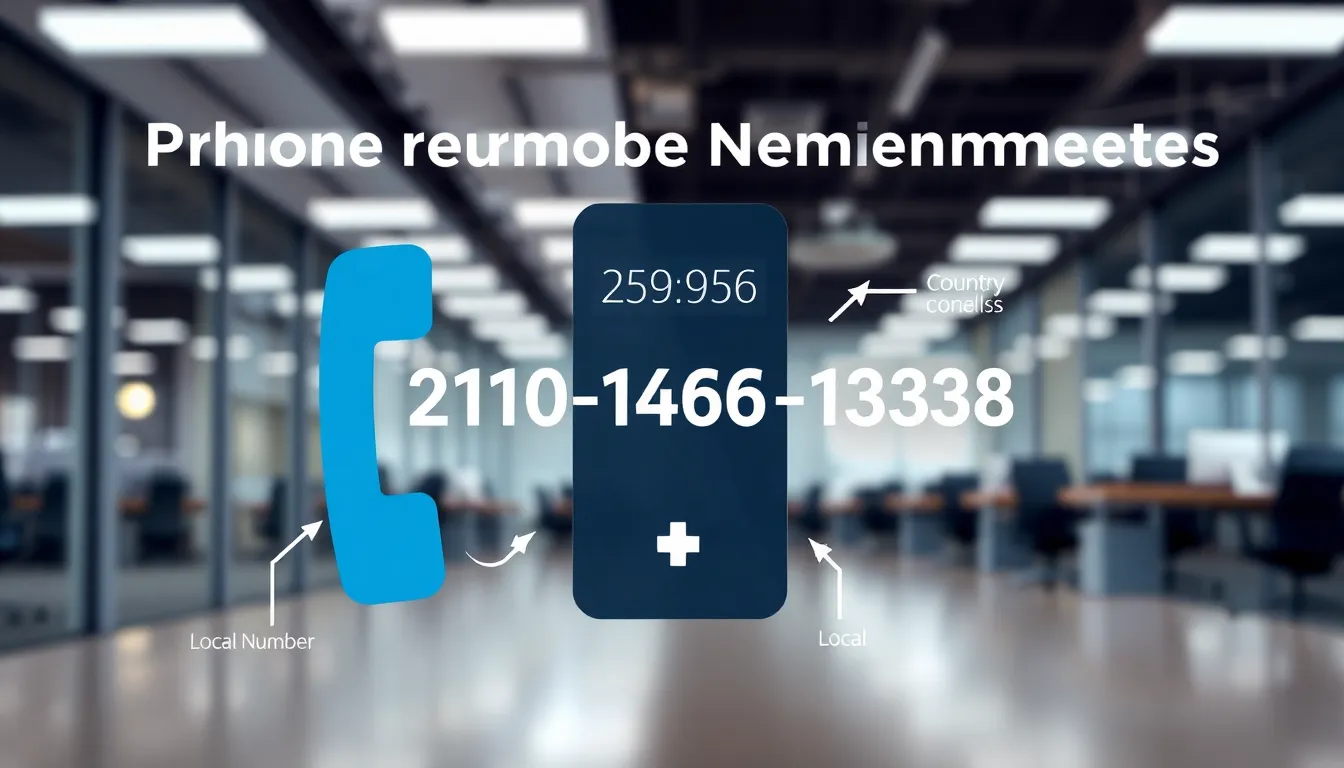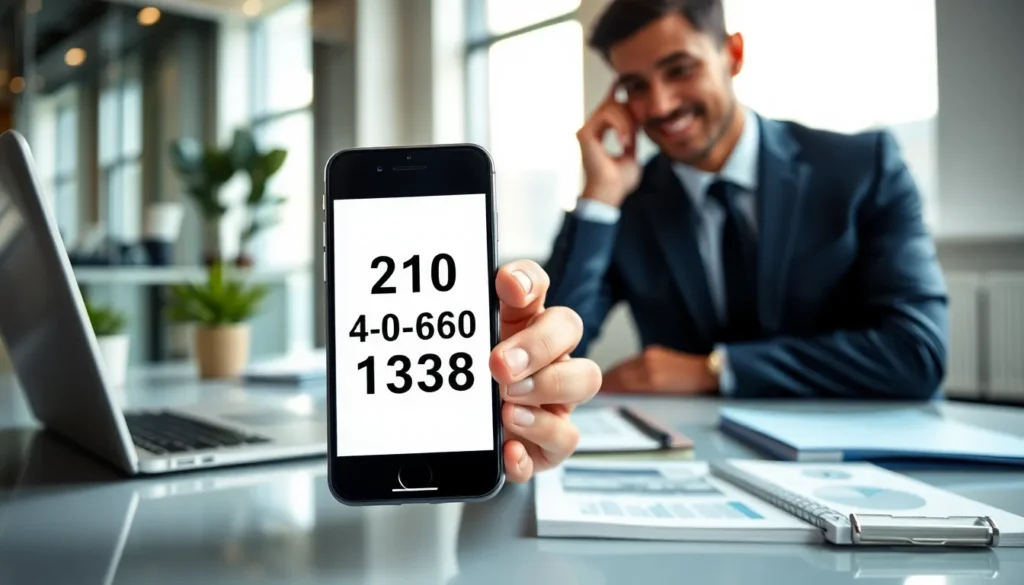Table of Contents
ToggleHave you ever wondered what makes a phone number tick? Sure, it’s just a random assortment of digits, but there’s more to it than meets the eye. Area codes play a vital role in our daily communications, almost like the secret sauce in a famous recipe. Buckle up and get ready for an enlightening jump into the world of phone numbers, area codes, and the unforgettable trio of 210-640-1338.
210-640-1338

A phone number isn’t just a random sequence of numbers: it’s a finely-tuned mechanism designed for communication. Typically, it consists of several key components:
- Country Code: For international dialing, this is the first segment that identifies the country of origin. Think of it as the VIP pass for your phone number.
- Area Code: This part narrows down the location, giving context to the number, it’s both specific and essential.
- Local Number: Comprised typically of a three-digit exchange code followed by a four-digit subscriber number, this combination delivers your call directly to the intended recipient.
This architecture ensures that when you hit that dial button, your call lands exactly where you want it. Without these components, dialing a number would be like performing a dance in the dark, confusing and directionless.
The Role of Area Codes in Telephone Numbers
Area codes serve as the backbone of the telephone numbering system. Each area code corresponds to a specific geographic area, enabling the efficient routing of calls. Here’s why they’re crucial:
- Geographical Clarity: They indicate the region of the caller and recipient, which can often give insight into the time zone.
- Sorting Calls: Area codes help in sorting voice traffic, ensuring calls are directed efficiently through the vast network.
- Local vs. Long-Distance: They differentiate local calls from long-distance ones, which can affect pricing and connection methods.
In essence, area codes mold our communication landscape, helping both humans and machines navigate the extensive web of telefono sitting in our pockets.
Exploring the 210 Area Code
Diving into the 210 area code, it’s like opening a door to a vibrant region filled with culture, history, and, yes, a variety of phone calls. Covering areas such as San Antonio, Texas, those with the 210 area code are lucky to be part of a lively community bearing everything from historical landmarks to culinary delights.
What to Know About the 640 Area Code
While the 210 area code is well-known, the 640 area code is relatively new on the block. Added to accommodate population growth, it also reflects the changing dynamics of phone use in urban areas. This area code may indicate a modern expansion that matches the ever-evolving landscape of communication.
The Significance of the 1338 Prefix
Now, as for the 1338 prefix, it gets interesting. This prefix might signal certain services or types of calls that operate within the area’s telecommunication system, giving another layer of specificity to the number. Specifically, prefixes often identify the local exchange within telephone networks, which can convey everything from residential services to commercial applications, like that quirky pizza place that delivers at 3 AM.
These nuances in telephone numbering highlight the intricate tapestry of connectivity that area codes represent in our lives.
How Area Codes Impact Communication
Area codes have a far-reaching impact on our day-to-day communications. Here are a few key ways in which they make the world a smaller place:
- Connect Communities: By identifying specific geographic regions, area codes help in connecting people within their communities more effectively.
- Help Easy Recognition: They make numbers easier to recognize. That familiar 210 prefix hints at something special about that call before it even rings.
- Evolve with Technology: As technologies evolve, area codes do too. VoIP and mobile technologies have transformed how we perceive these codes, illustrating that even traditional systems must stay agile to thrive in the digital age.
In many ways, area codes represent the evolving relationship between people and technology, ensuring that even as we transition to digital platforms, connection remains seamless.


